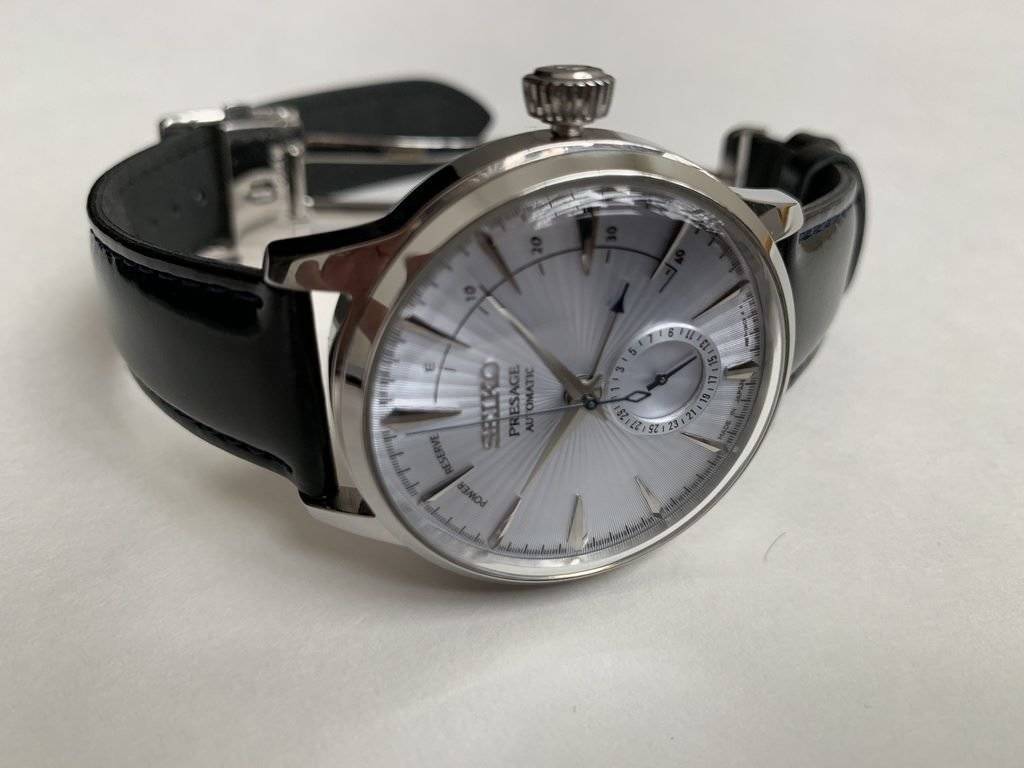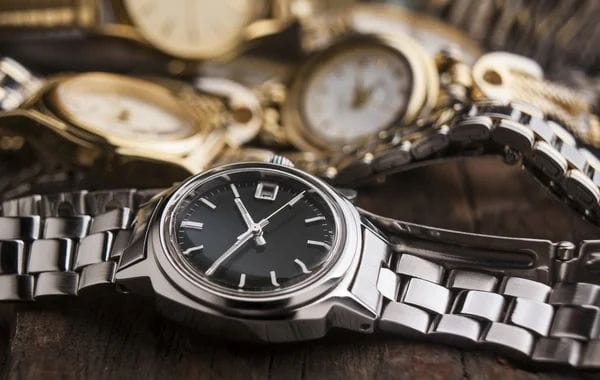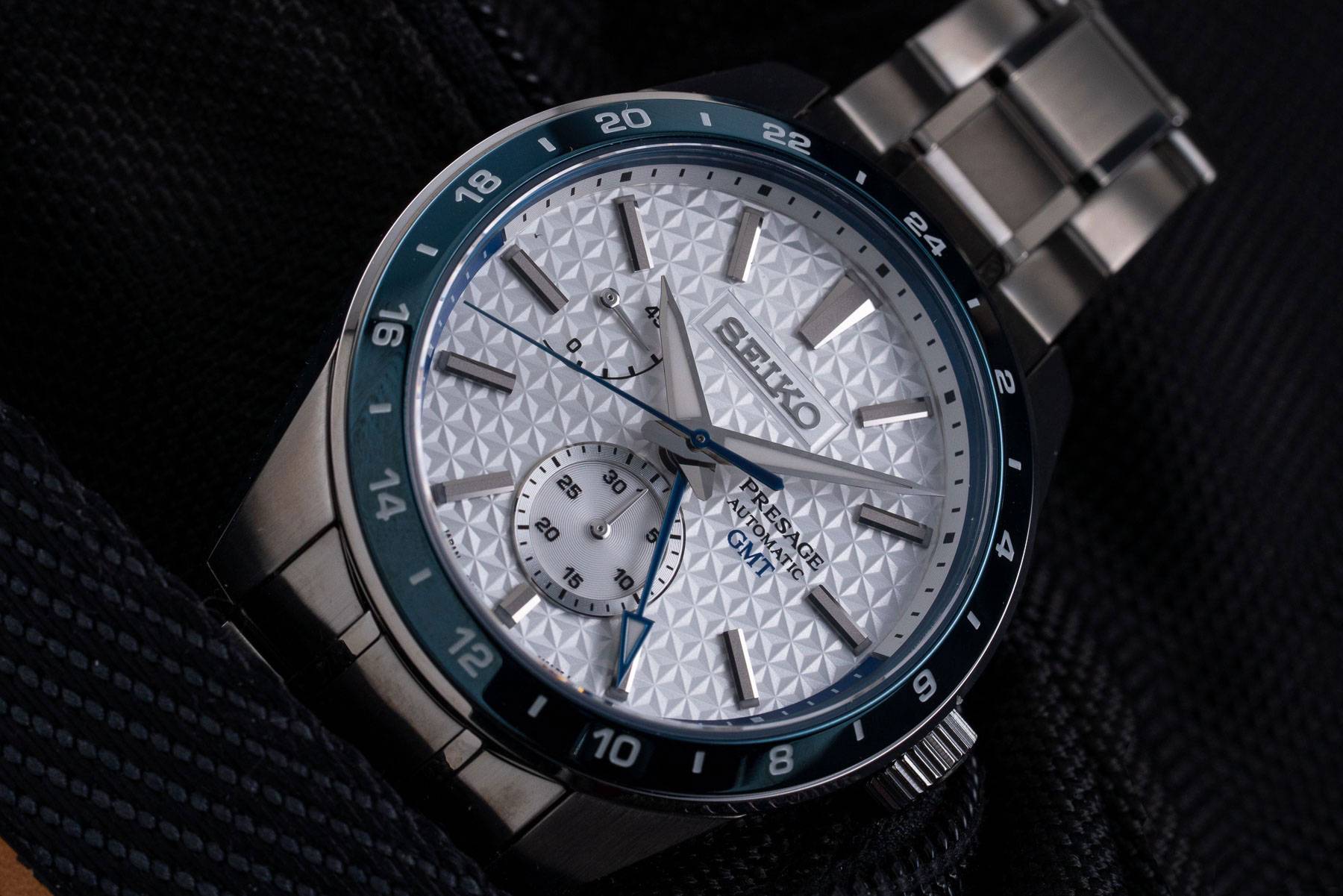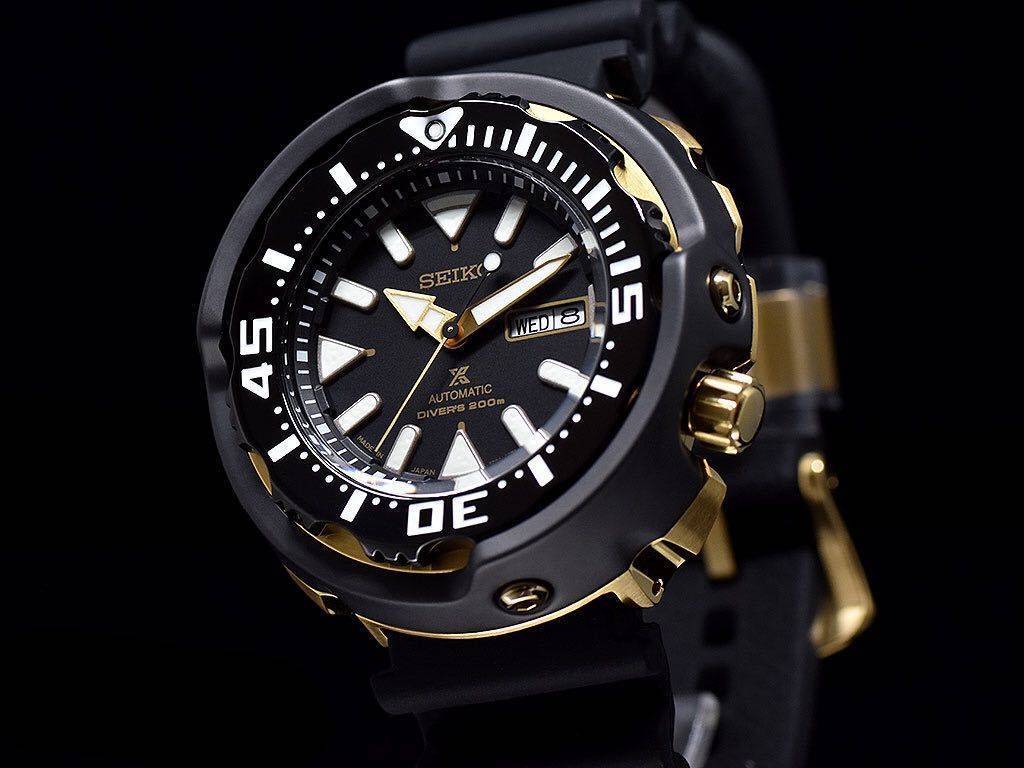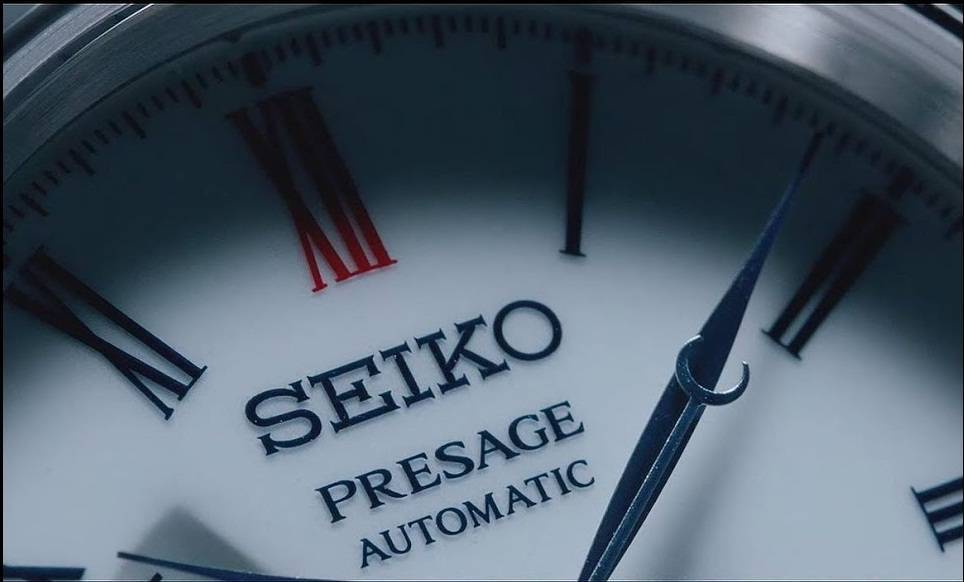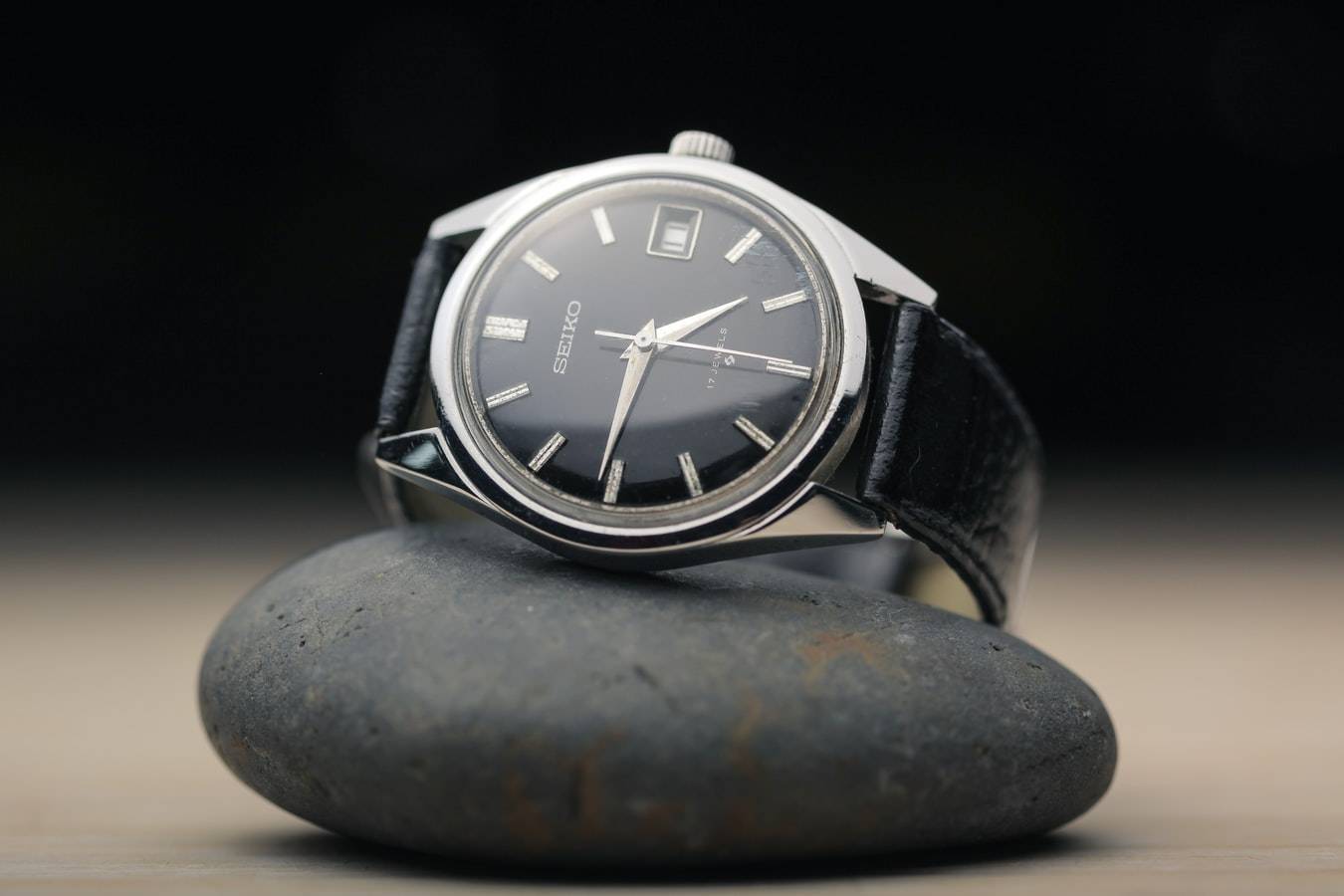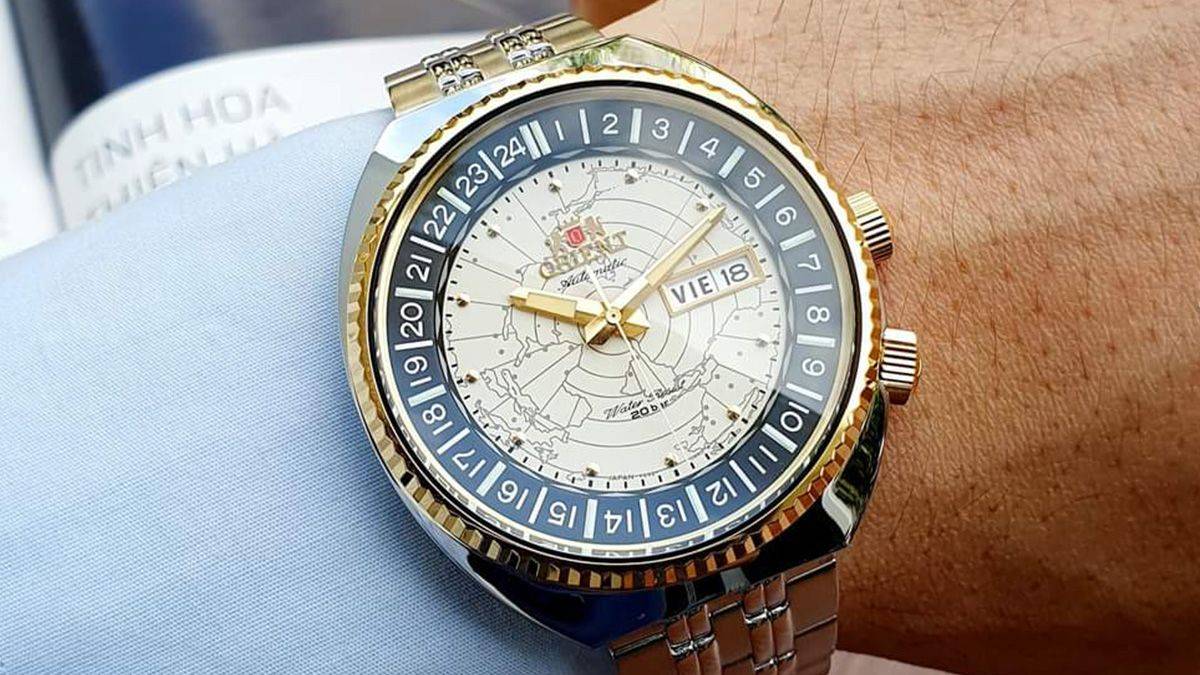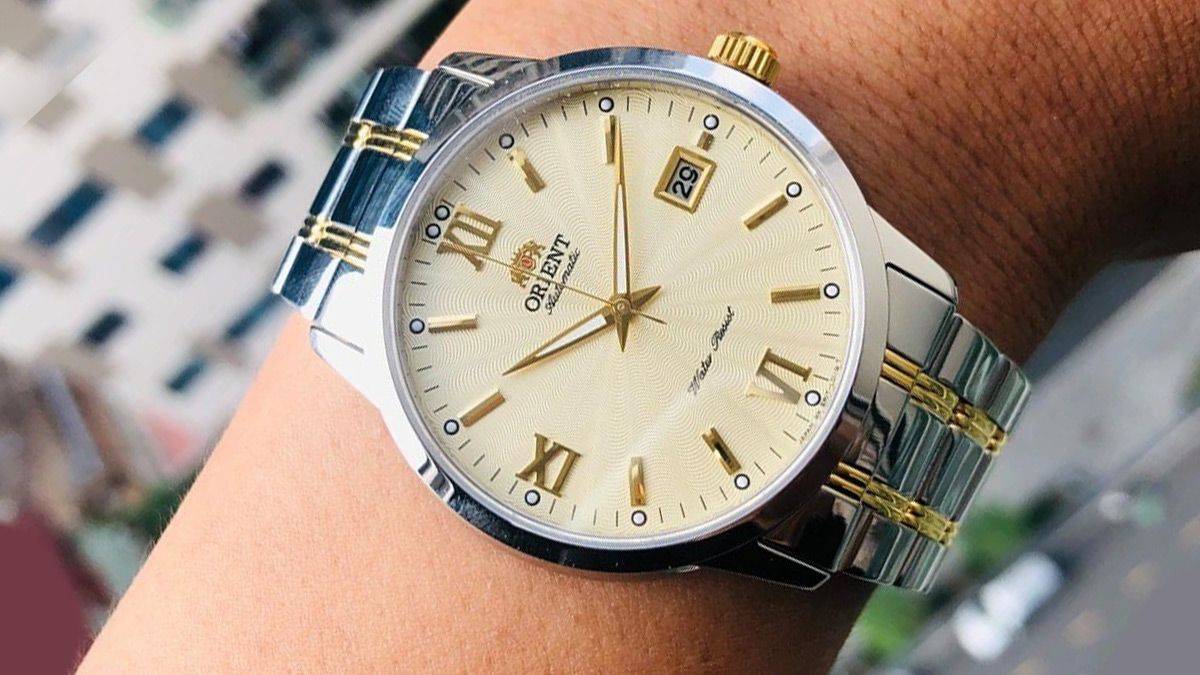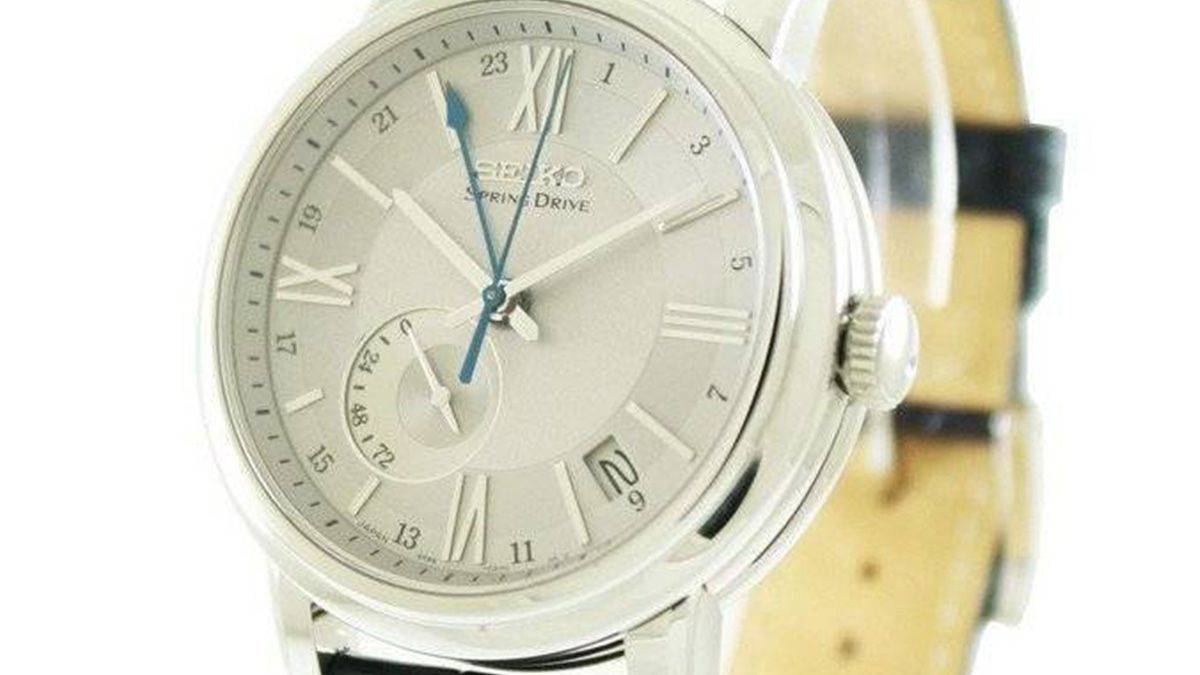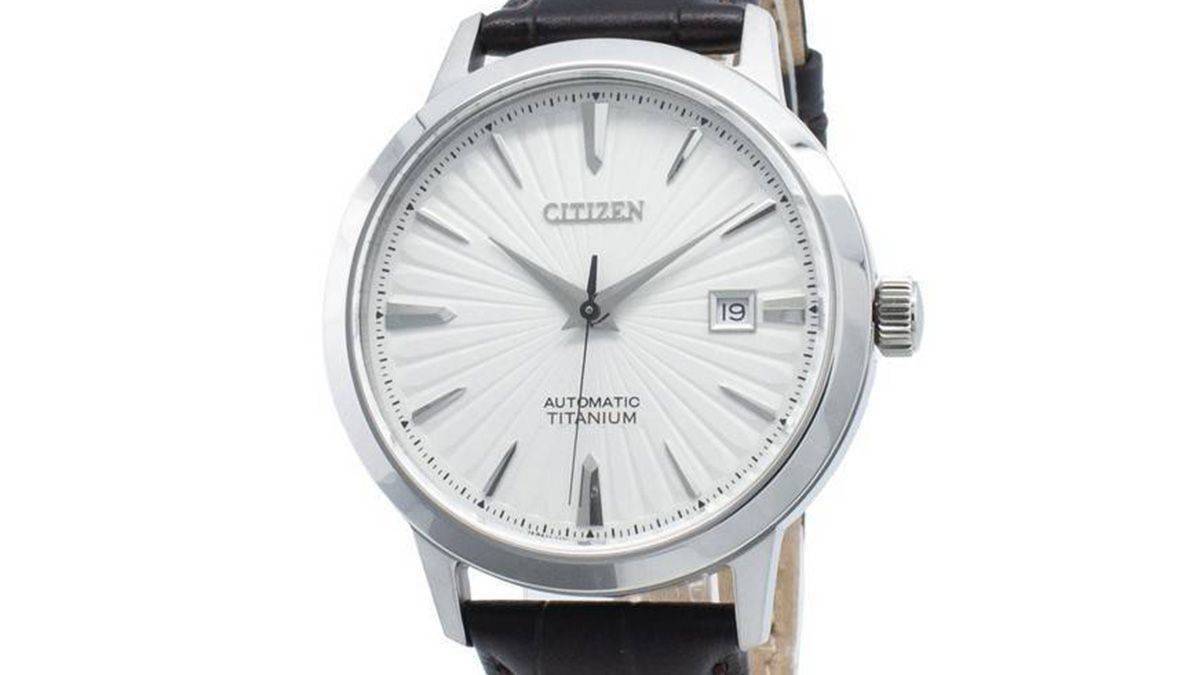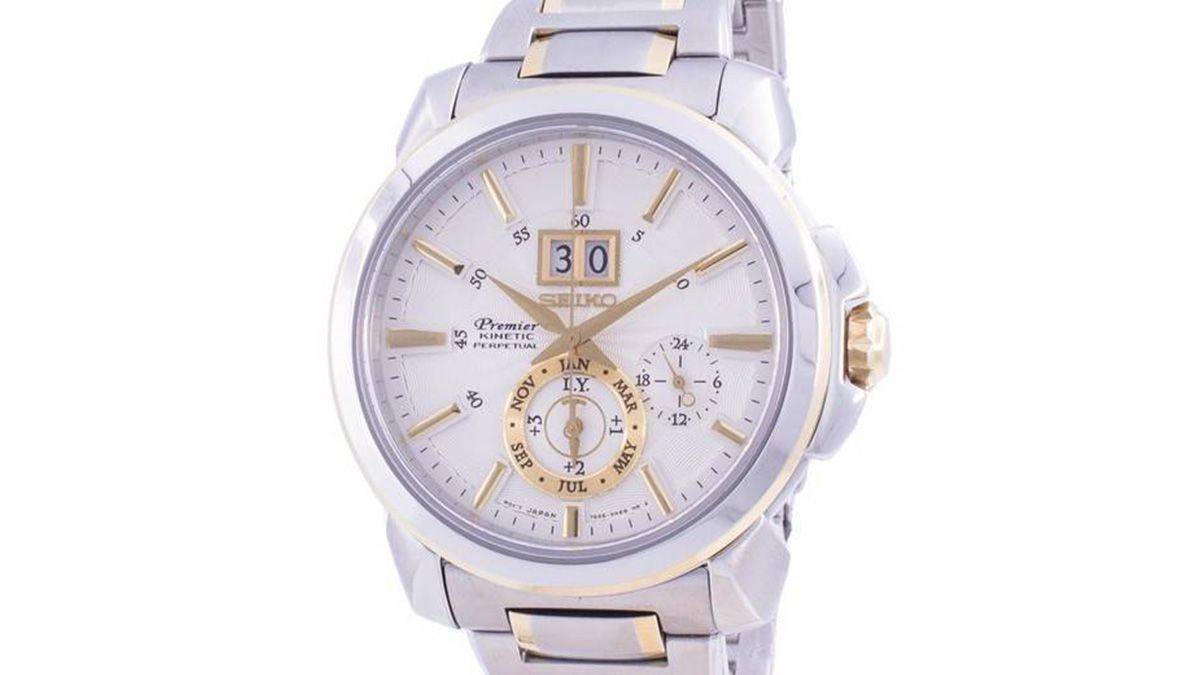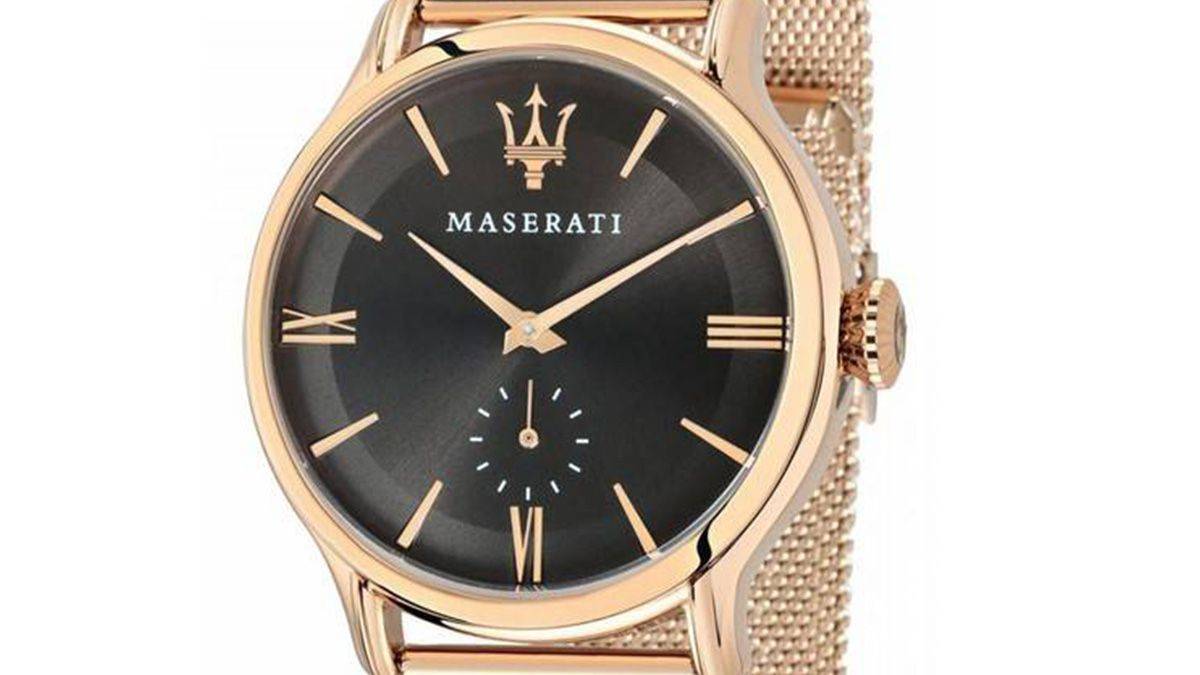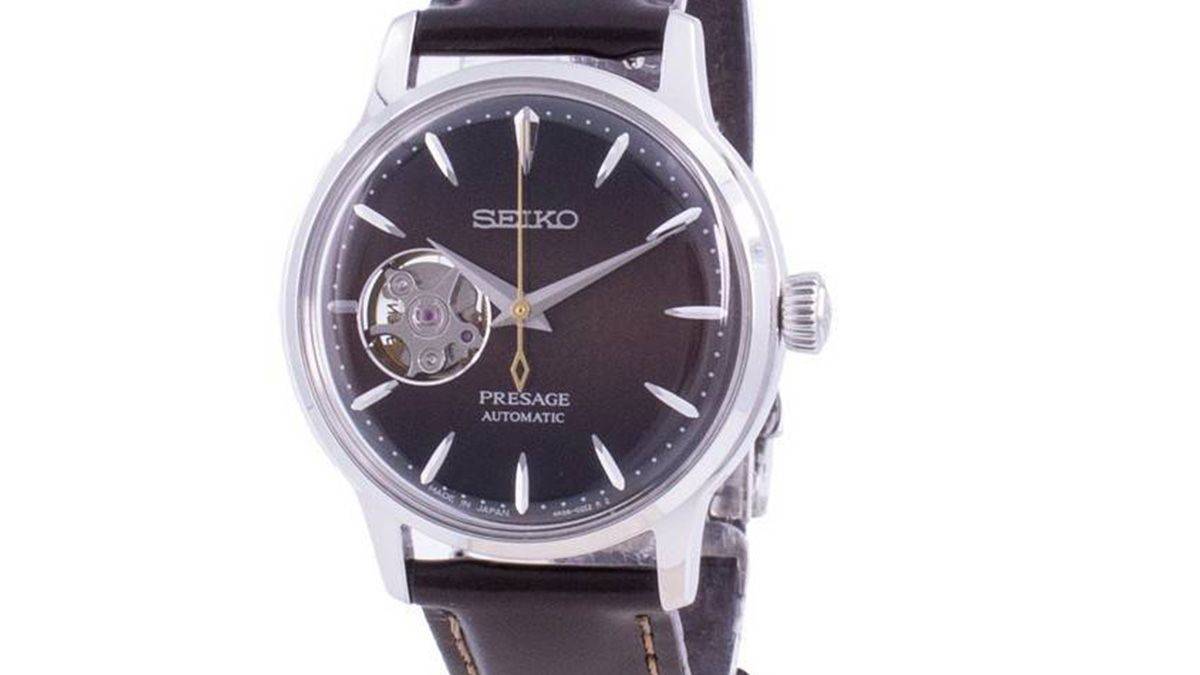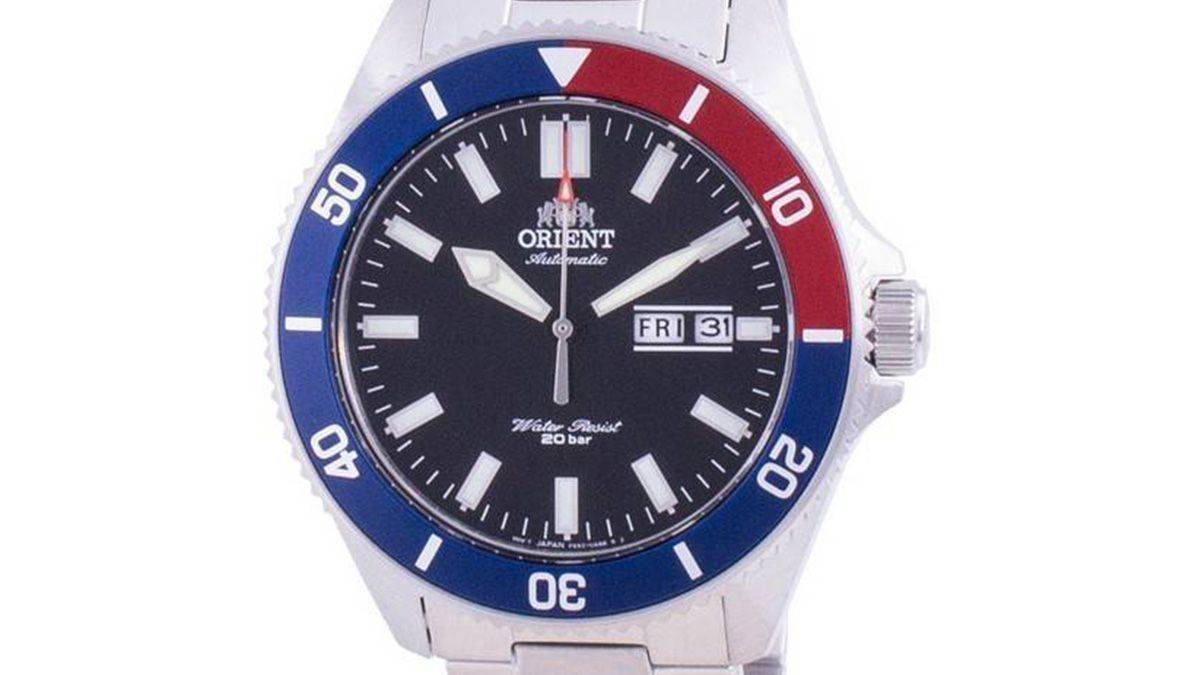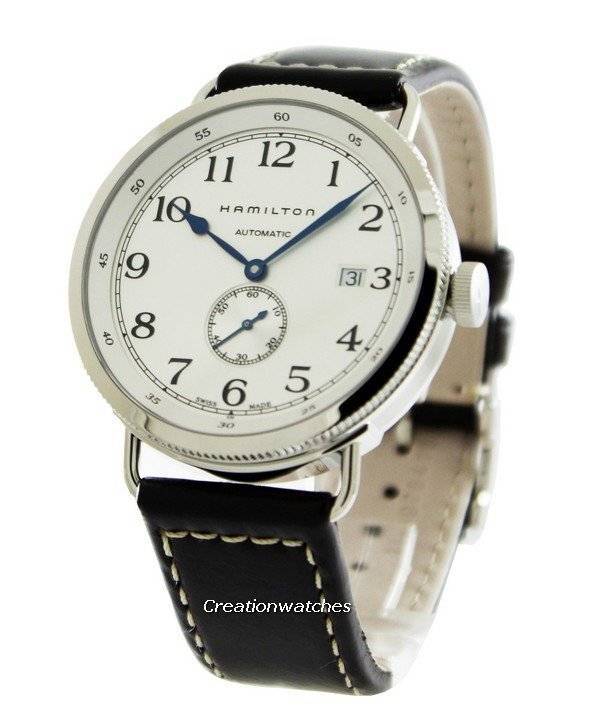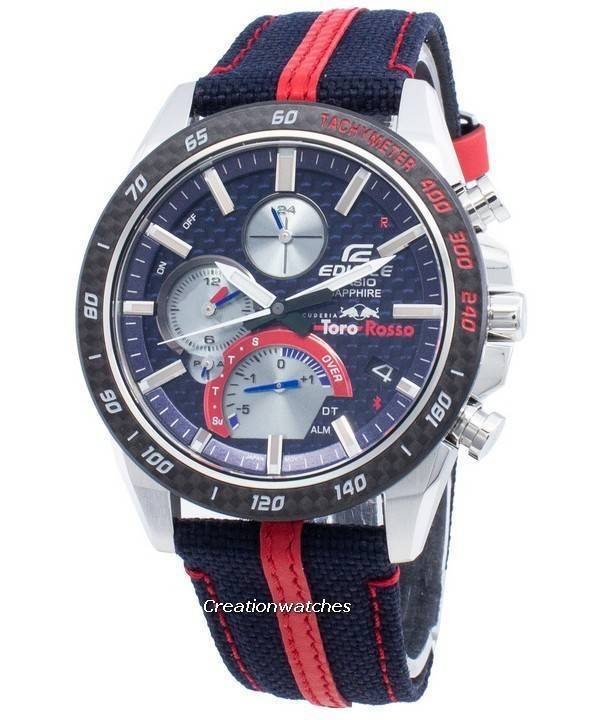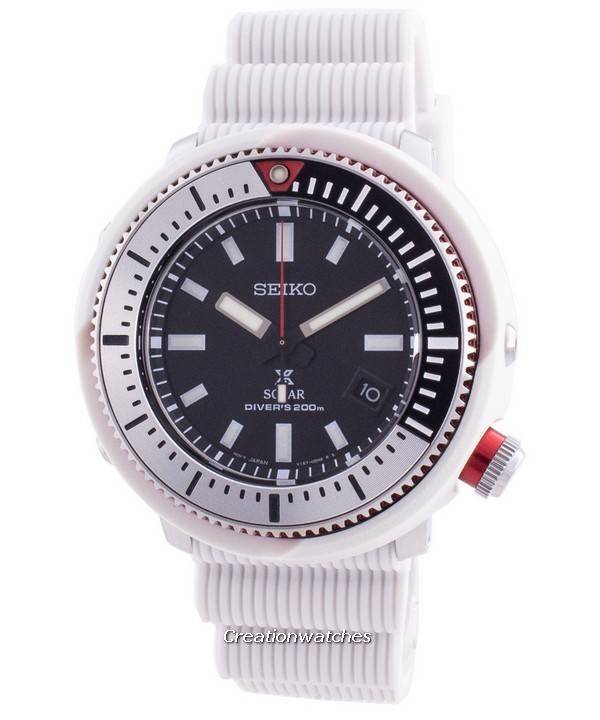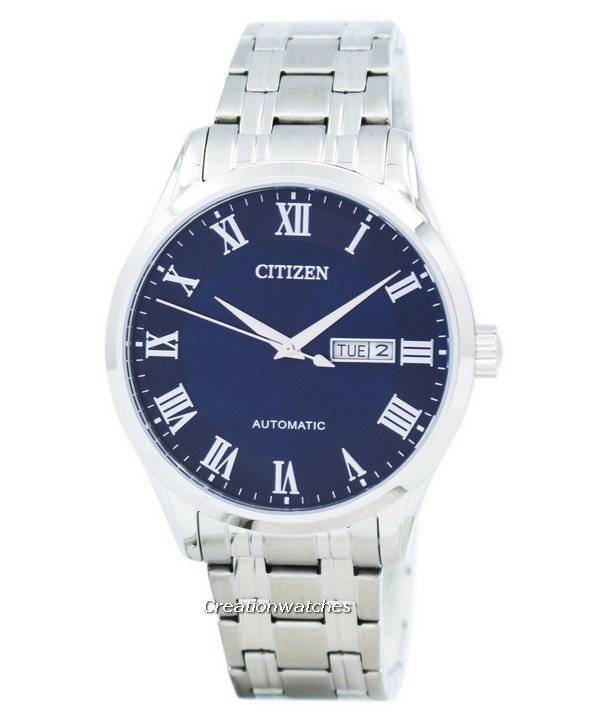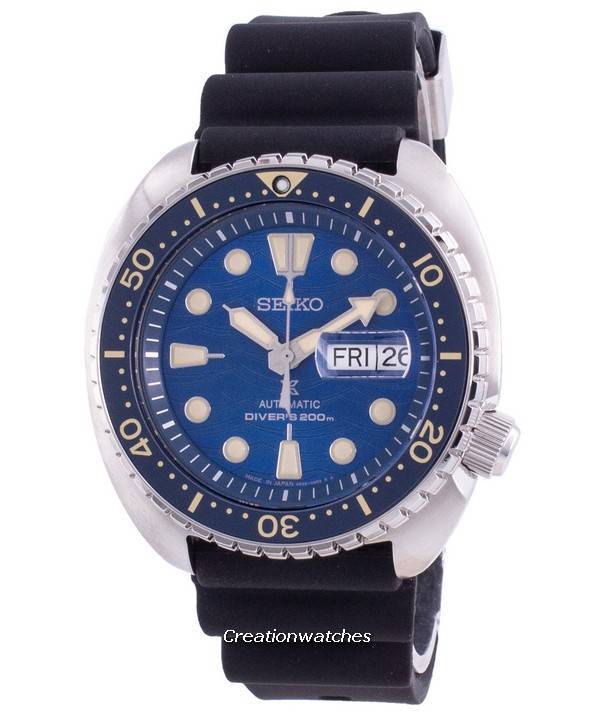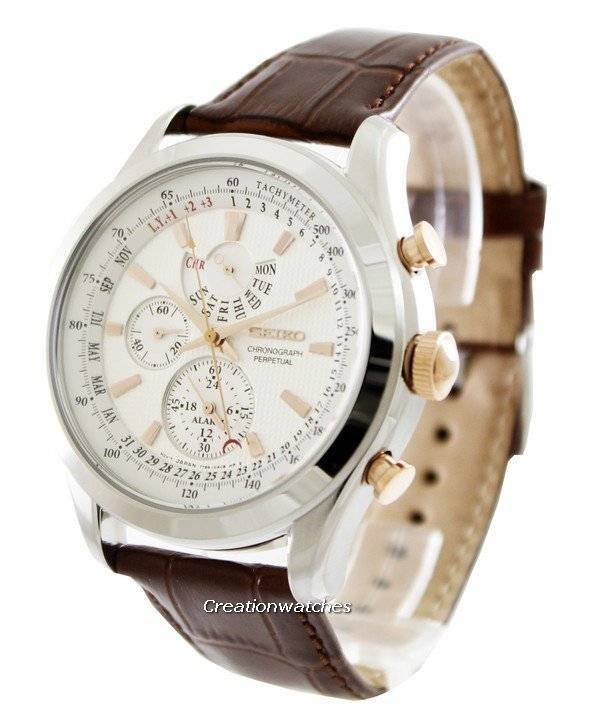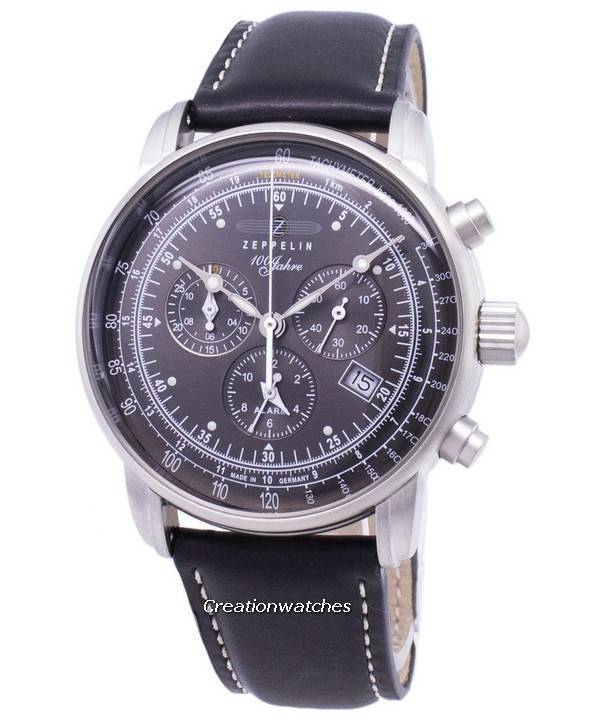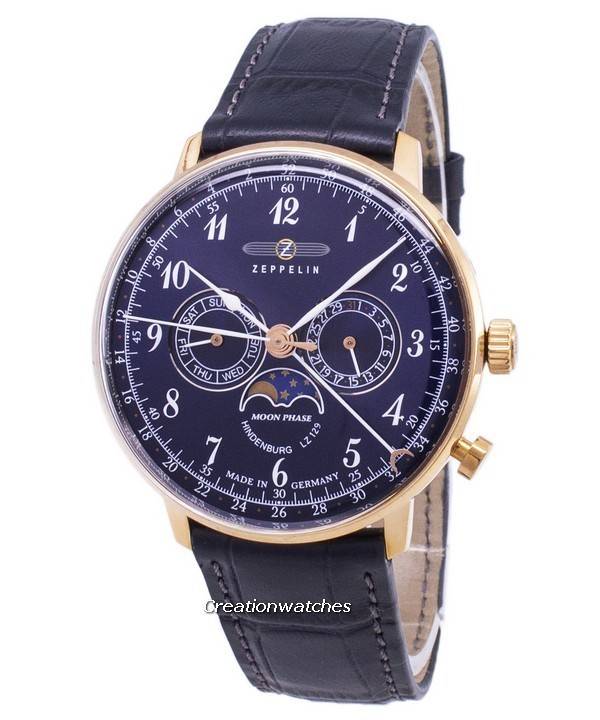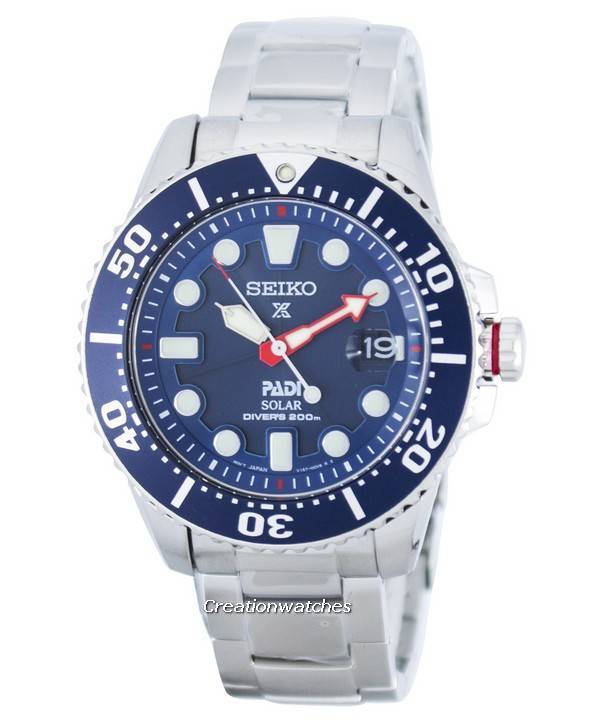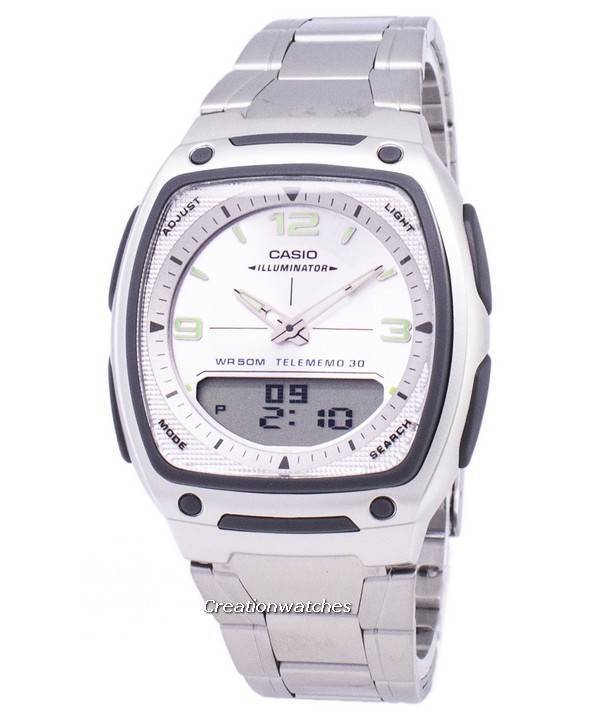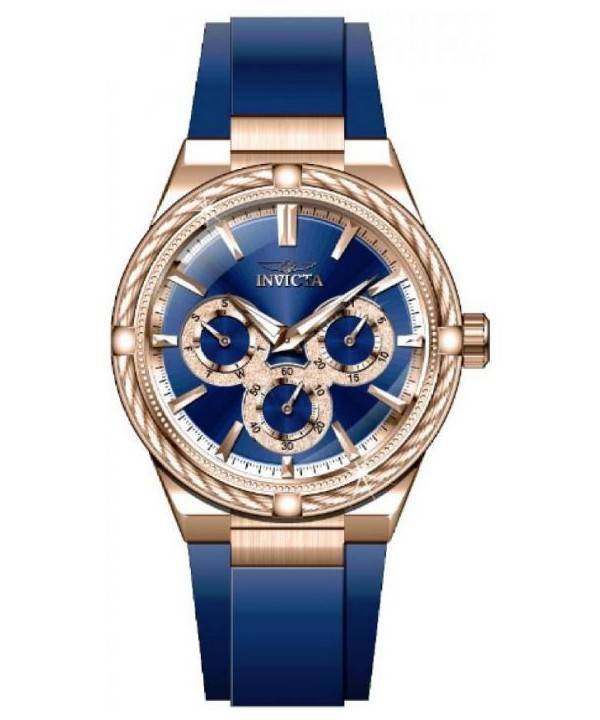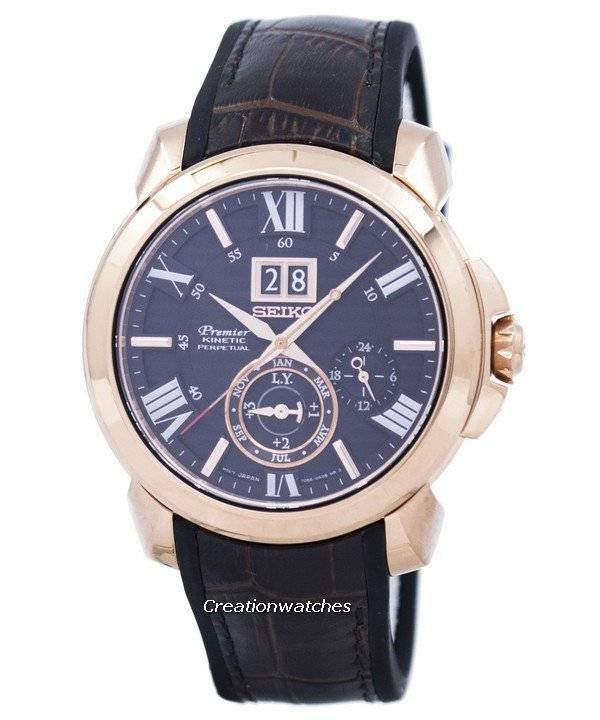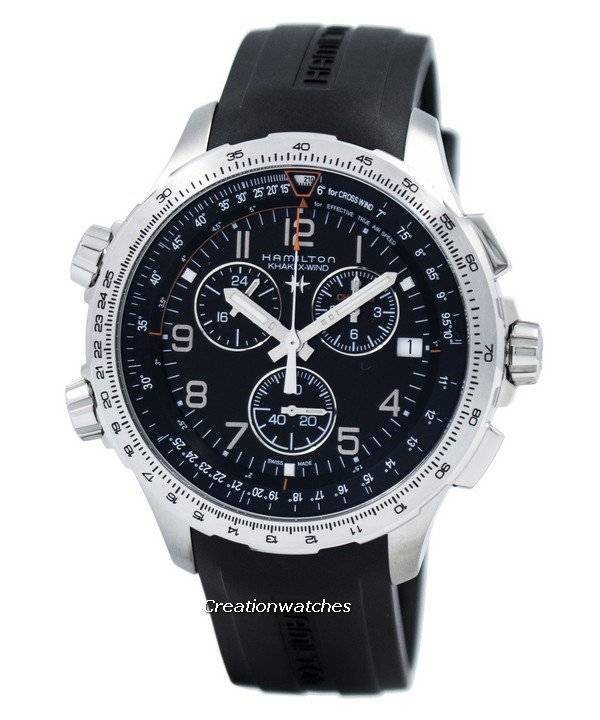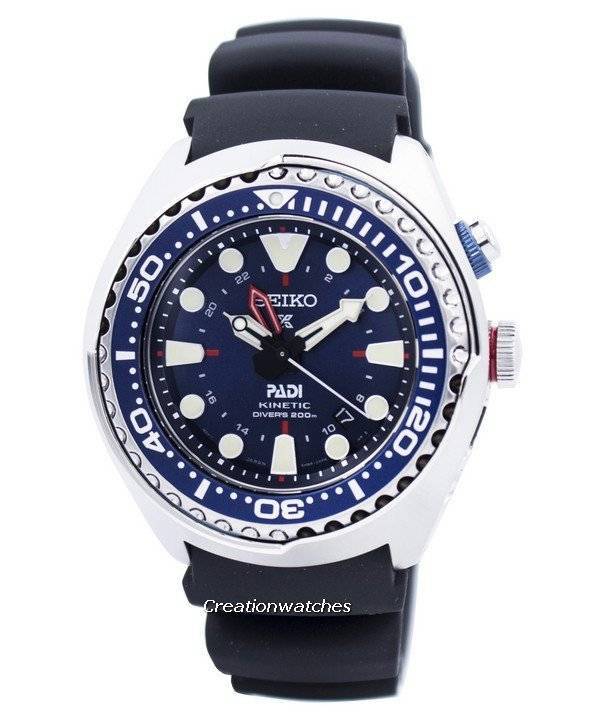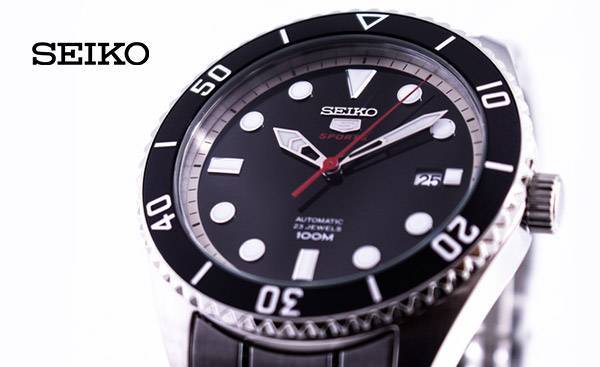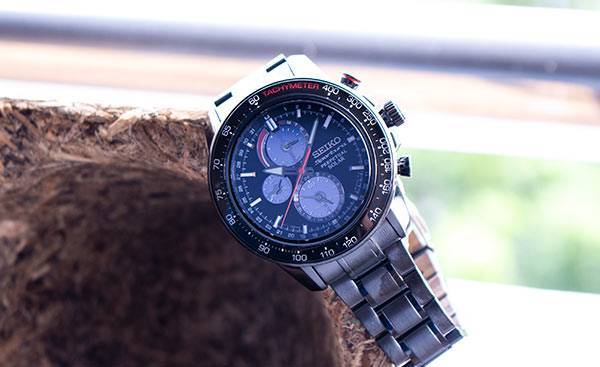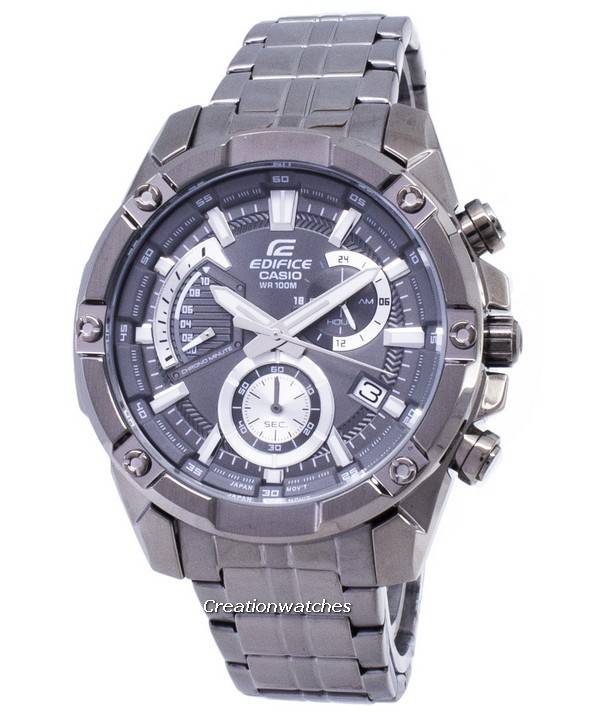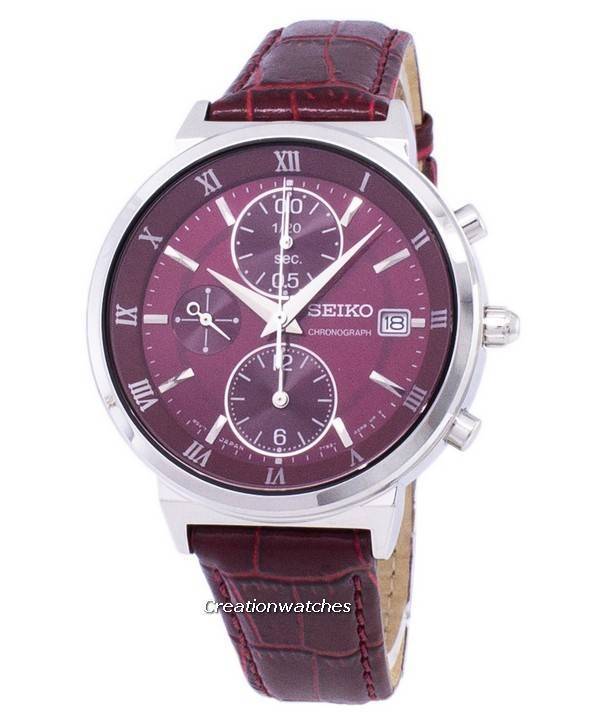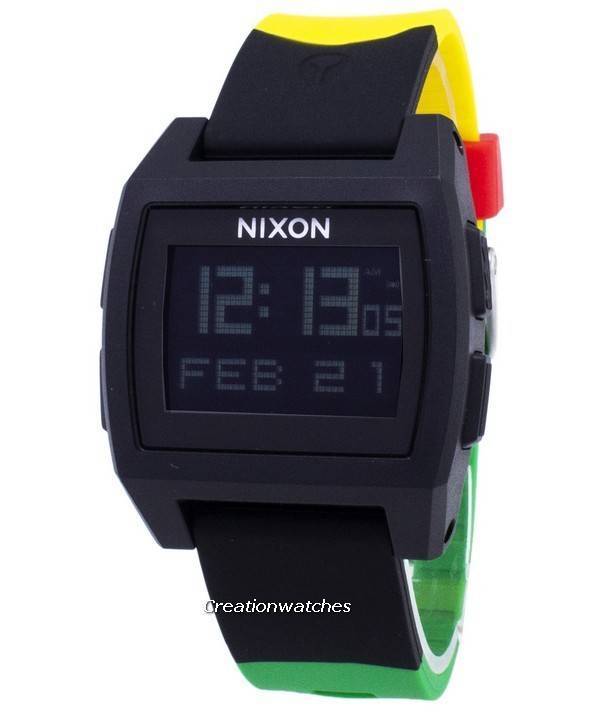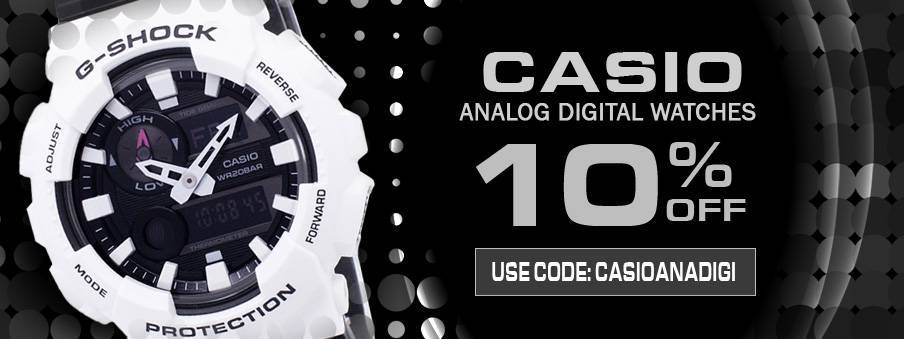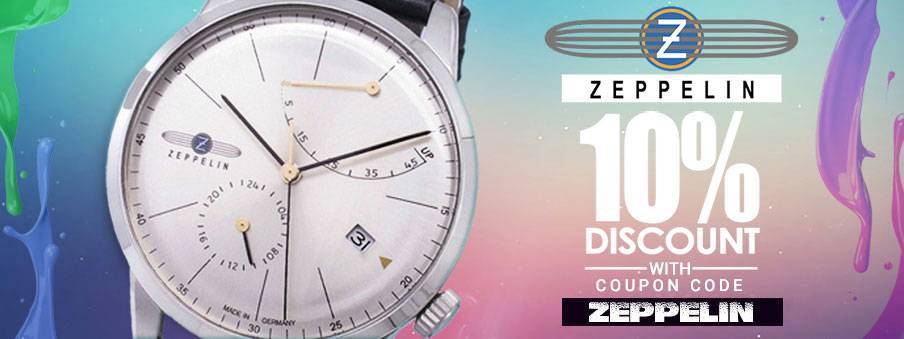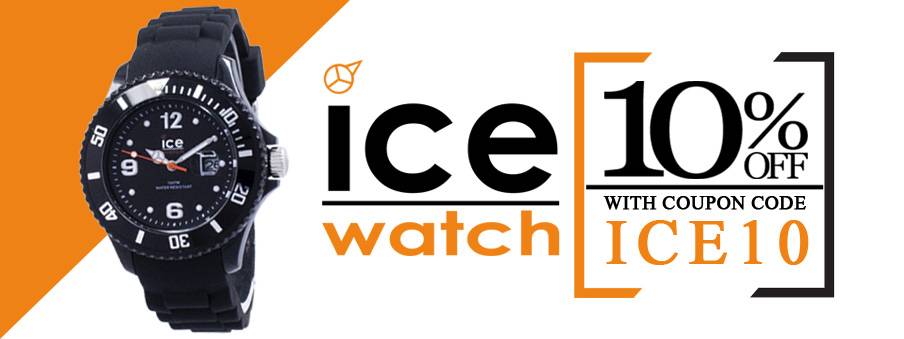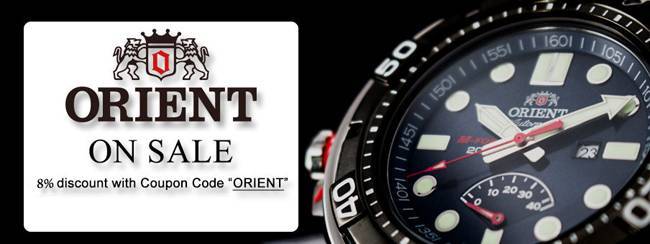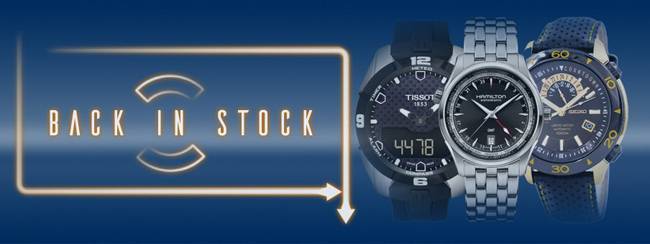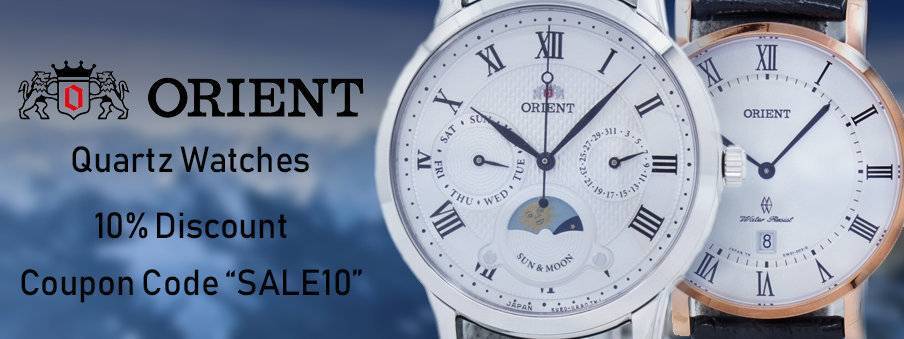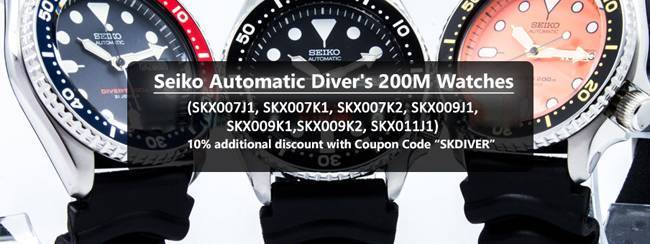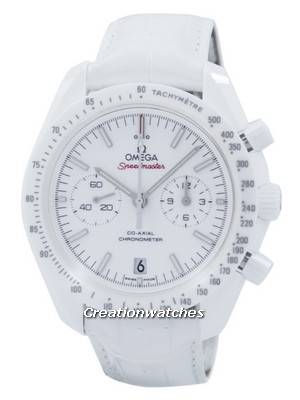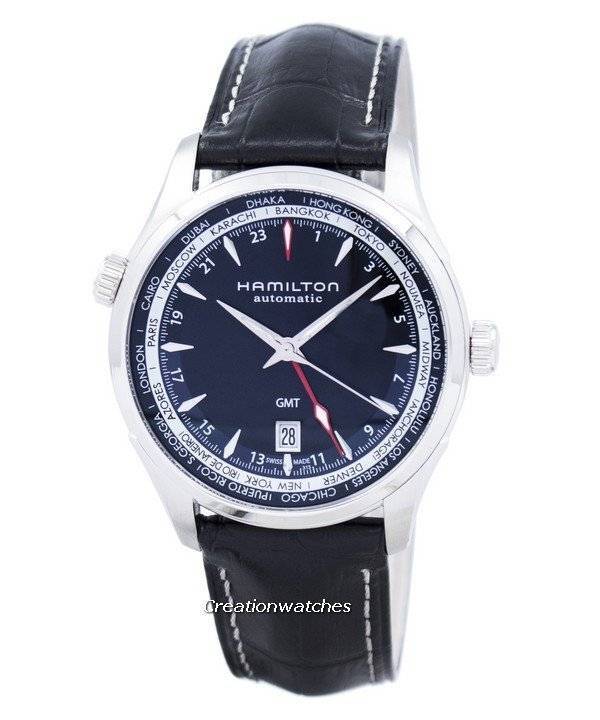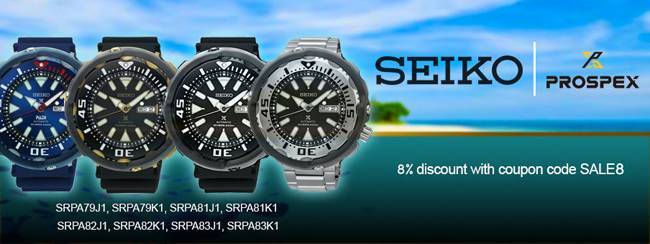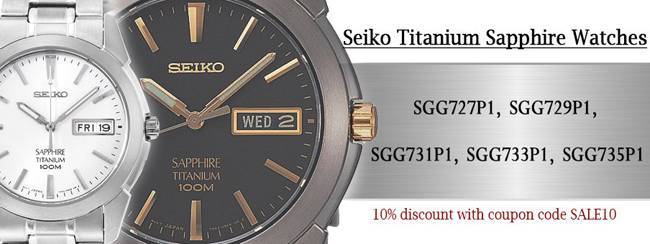A $50,000 worth of watch might seem a bit of an extravagant show-off, but watches costing this high are also works of art – exquisite mechanisms from talented craftsmen who gave gold and diamonds new form and functions. The springs, gears and tiny tools tell a fascinating story of delicacy, skill, and precision, but comprehending those layers needs some idea on the luxury watch segment. You can’t compare an Omega or Rolex with Patek Philippe or Breguet; to know why, let us start with the aristocratic luxury class.
Some good names to look out for are A Lange and Sohne, Alain Silberstein, Audemars Piguet, Blancpain, Breguet, Franck Muller, JLC, Parmigiani, Patek Phillipe, Ulysse Nardin and Vacheron Constantin. The very basic may well be $5000 (steel models), gold and leather costing $10,000 or up, for gold on gold, it’s $20,000. There are some special models which go over $2,000,000. These are either highly distinct ones, often handcrafted and are ultra-conservative and traditional in their components, making and functioning.
The mechanical movements could either be an in-house production or developed by some high-end, specialty movement house. Alongside, the outsourced movements are sometimes further customized by the in-house team. Mechanical complications range from the obvious ones (e.g. moon phases, power reserve indicators et al) to very subtle ones (perpetual calendar; it needs to handle every obscure condition of the Gregorian calendar).
Next, it is the general Luxury class watches and Breitling, Cartier, Ebel, Omega, Rolex and TAG Heuer all belong to this sect. The prices generally shoot above $1,000 and $4,000 is kind of an okay price for one of these in steel; for gold and leather, the price varies between $2,500 and $8,000. Gold with gold sells for above $5,000, often reaching $20,000. Traditional to highly original, the trend-setting styles of each brand are distinct despite the mass-production; the superlative fit and finish, so far, faced no complaint.
You get two choices in this domain: Chronometer-grade mechanical and high-grade quartz. Digital quartz is not a part of this arena except for few specialized aerospace and aviation watches.
Don’t expect much discount on the price; the manufacturer restricts the discount a dealer can offer. Luxury doesn’t sell at moderate prices. Yet, they are not as outrageously priced as the higher-end luxury and exotic and present better durability against external force.
In the Pseudo-luxury department, it is all about being elegant and stylish. These brands cash-in on luxury-styled exteriors while common and general watch movements run the show. Baume & Mercier and Raymond Weil fall into this category, with prices starting from $500 and stretching up to $4000. If discount hungry, these will please you. The good point about them is they have an adequate fit and finish, are mostly analog quartz and mechanical movements are non-chronometer grade. So, no meaningful vintage heritage, even it is built under the name of a bought-out company famous in the yesteryears.
And finally, here’s the Basic Luxury array offering all that are finer than average! These are elegant, stylish and durable and brands like Epos, Fortis, Movado and Orient

fall into this category. They start from well under $1,000 (for Steel models) and under $2,000 (for Gold models) and sell with moderate to heavy discounts. Some other well known brands in this category are Tissot, Seiko, Citizen and Oris.
Despite being mostly analog-quartz and non-chronometer grade mechanical, some sport very unique complications at prices relatively modest to the upper-end luxury watch market. That’s where the first tier of luxury caliber watches win and the broad range from competing brands return some excellent values for the money. This segment is for them looking for a less risky purchase.































